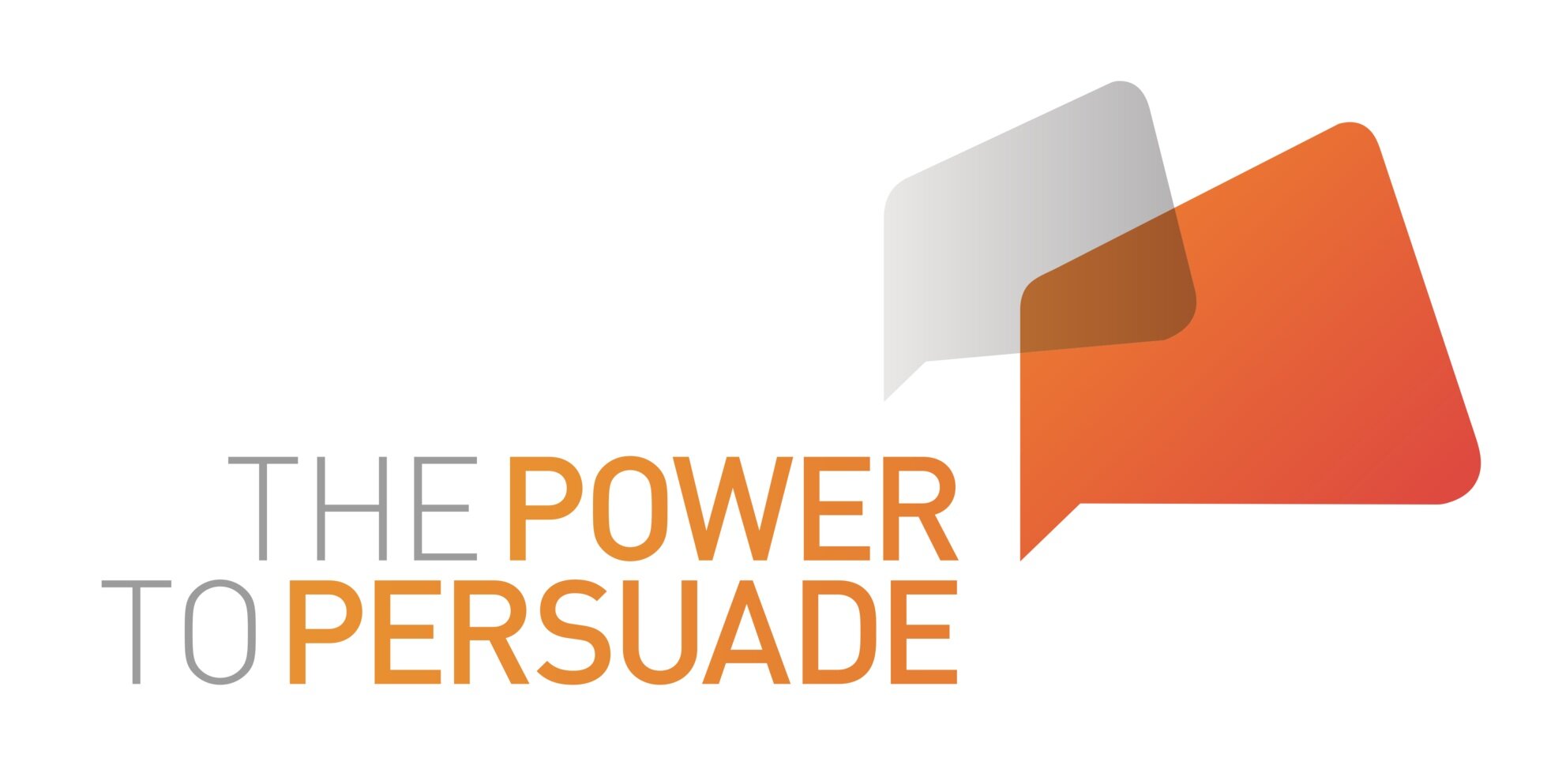This week we'll be posting the audio and graphic recordings from last month's Power to Persuade symposium held at ANU in Canberra. Jessamy Gee from Think in Colour attended the symposium and produced wonderful visual representations of each session. The keynote speaker for the day was Professor Gillian Triggs, whose presentation featured in various national media publications. Listen to Prof Triggs and see her graphic recording here!
Read MoreBetween 1907 and 2005, Australian deaths by infectious disease declined markedly. Now, chronic and ‘lifestyle’ diseases such as cardiovascular disease, cancer, obesity-related disease, and chronic respiratory conditions are dominant and account for as much as 90% of all deaths in Australia. Geoff Browne explores health equity as a collective choice.
Read MoreResearch engagement and impact. Everyone’s talking about it. The United Kingdom’s 2014 Research Excellence Framework included it. As announced in the National Innovation and Science Agenda, the Australian Government now wants to see it. Dr Pauline Zardo with the Queensland University of Technology explores the implications for practice.
Read MoreIn the UK in particular, but also in Australia, debate about mental health and mental illness are increasingly appearing on political agendas and appearing in the mainstream media. Whilst there is a concerted effort to reduce the stigma attached to mental illness, mental health and illness remain largely located in health focused policy debates. In the post below, Dr Sarah-Jane Fenton looks at why mental health is a topic pertinent to all contemporary public policy, and uses highlights from recent blog posts to show how embedding understanding of mental health issues should be central to all policy maker’s agendas.
Read MoreNHS statistics released this week documented that eating disorders in men have increased by 70% in the UK, finding that these illnesses are rising at the same rate in young men as they are in young women. The media has been inundated with headlines discussing this rise in male eating disorders pointing towards causes such as social media and rise of body image pressures on men and boys within modern society as a way to understand this phenomenon. While there is no doubt that such issues may have an influence on such a sharp rise in men experiencing such illnesses, male eating disorders are not a new phenomenon, simply one that has been “underdiagnosed, undertreated, and misunderstood” (Strother, Lemberg & Tuberville, 2012). A study in 2007 estimated that up to 25% of individuals with eating disorders were male, with underdiagnoses being debated due to the low number of men within services.
Research into the reasons why people develop these illnesses have developed steadily in recent years with evidence suggesting that the similarities outweigh the differences between genders with regards to the core features and psychology of eating disorders. With treatment outcomes reported as equally successful for men as for women, Dr Una Foye asks the question remains why this “sudden” increase?
Read MoreCollaboration remains the ‘go to’ or ‘gold-star’ strategy as governments, business and community look to connect people, break down silos, cross boundaries, build partnerships and generate collective impact. All of which leads to collaborative advantage. It is likely that this preference will continue well into the future. The allure of collaboration is seen as self-evident: by leveraging the synergies formed from working together, innovation is possible, new knowledge is built, and complex, intractable social and economic problems can be resolved. In addition to these social benefits are the expected cost savings to be had from working in more connected or integrated ways. Robyn Keast*, Michael Charles* and Piotr Modzelewski** discuss the cost of collaboration.
Read MoreScholars of public policy often seek to explain how particular policy ideas catch on. What is it that makes some ideas fly, and others flop? For social policy advocates, this is a crucial question. In this post, ANZSOG researcher Jo Luetjens suggests that understanding the role of the policy entrepreneur, and the strategies they use to create change, can help move us toward more effective advocacy strategies.
Read MoreThe NSW Legislative Council Inquiry into Child Protection yesterday released a report called Child Protection. It is yet another in a long list of reports into the child protection system telling us what we already know: game changing reform is needed. In today's post, Dr Kirsty Nowlan from the Benevolent Society discusses the implications of the report for the social services sector in Australia.
Read MoreDeveloping strong recommendations is critical to ensuring that policy decisions are informed by evidence. In this post, Leandro Echt, General Coordinator of Politics & Ideas, offers some criteria to consider in developing good policy recommendations for decision-makers.
Read MoreWhen our politicians frame the discussion around welfare users by using such language as "dole bludgers" it is a deliberate tactic to validate punishing them - as we have seen with the Centrelink debt debacle and the accusations by staff that a faulty system was deliberately implemented. In today's post, Paul Michael Garrett explains how language use frames public opinion in the U.K. in unhelpful ways. Have ideologically underpinned debates, portraying those on welfare as being lazy and having an easy life, become part of collective public perceptions? With 2016 marking the 40th anniversary of the publication of Raymond Williams’ Keywords, an interrogation of the taken-for-grantedness of specific words used to support a neoliberal agenda is timely. Here, he looks at ‘welfare dependency’. This blog originally appeared on the London School of Economics' British Politics and Policy blog; the original can be viewed here.
Read MoreIn recent years, think tanks have been beset by financial constraints, increased competition, and, more recently, a growing questioning of, and popular dissatisfaction with, the role of the ‘expert’ itself. Marcos Gonzalez Hernando, Diane Stone and Hartwig Pautz examine each of these challenges and find that, at a time of huge over-supply of (occasionally dubious) evidence and policy analysis from a variety of sources, think tanks have an opportunity to reinvent themselves as organisations able to discern the reliability and usefulness of policy advice.
Read MoreToday's post by Jim Simpson, Senior Advocate for the NSW Council for Intellectual Disability, examines hurdles the NDIS faces in NSW in offering people with disabilities - particularly those "on the fringe" who are vulnerable and marginalised - choice and control over the services and support they need. This piece was originally published on the NSW CID blog.
Read MoreHomelessness is a rising problem in Melbourne, and escaping family violence is the single biggest reason that women and children experience homelessness. For many homeless children and young people, though, the problem is masked by high rates of couch surfing. In today’s blog post, Shorna Moore of WEstjustice and Kathy Landvogt of Good Shepherd Australia New Zealand share preliminary findings from a couch surfing report due to be released by WEstjustice in 2017. This blog is based on an article that recently ran in Parity.
Read MoreIt seems appropriate to interrupt our normal programming in light of todays events. I, like most people I know, am shocked beyond words. But a few have begun to find words. A friend posted this powerful message on Facebook:
This is a time for anger, not despair. Such abject self destruction can only be countered with committed creation. I don't know where America goes from here - a fetid bandage has been ripped off to reveal huge gaping wounds and about the best I can say is, well, at least now we can see them. But in this country or my own, tomorrow is when my activism starts, not ends.
Read MoreThe exploitation of migrant workers in Australia is widespread, with current systems failing to stop the abuse. The WEstjustice Community Legal Centre Employment Law Project seeks to address this by consulting with newly arrived and refugee community members, leaders and organisations, and collaborating with community partners to improve employment outcomes. Project Lead Catherine Hemingway (@cathemingway) shares this summary of the Project's key findings and recommendations, to be released in an upcoming report: Not just work: ending the exploitation of refugee and migrant workers.
Read Moren an open letter to Prime Minister Malcolm Turnbull during Anti-Poverty Week, the Australian Council of Social Service (ACOSS) and the Campaign for Australian Aid, along with 36 signatories, have called on the Australian Government to take meaningful action to fight domestic and global poverty.
Read MoreThe Strengthening Disability Advocacy Conference hosted recently in Melbourne by the Disability Advocacy Resource Unit (DARU) included a session on applying a human rights based approach to person-centred service delivery. It asked:
- What role can or should disability advocacy play in a landscape of person-centred service delivery?
- How do we make sure that mainstream services are accessible to people with disability?
- What will best practice look like?
Advocacy for Inclusion CEO Christina Ryan was a panelist at the session and delivered this address to open her contribution, which included a big challenge to all community service organisations in the room.
Read MoreToday we present the final blog post from Putting Women at the Centre: A Policy Forum. Hannah Gissane (@hannahgissane) from the Equality Rights Alliance (@ERAAustralia) discusses the role of feminist networks in advocacy. She covers a brief history – or herstory – of women’s networks in Australia, including the ERA. She then discusses networks as influencers, capacity builders, and movements, concluding that networks help women reach out to each other for support, exchange of knowledge, growth, and to generate the energy needed to do the difficult but essential work of advancing equality.
Read MoreAt this year’s Prevalent and Preventable Conference organised by the Australian Women Against Violence Alliance (AWAVA) and Our Watch, there was a dedicated stream to exploring intersectionality within the Australian context, in relation to responding to, and preventing violence against women, specifically those who have been ‘minoritised’ by the dominant social groups. Intersectional theory is by no means new, however its more centralised inclusion in the violence against women discourse is. Many feminist and critical race theorists have long suggested and warned that ‘culture talk’ in relation to violence against women is a double-edged sword – whilst it may obscure gender-based domination within communities, it also highlights the importance of cultural considerations for contextualising oppressed groups claim for justice, for improving their access to services, and for requiring dominant groups to examine the invisible cultural advantages they enjoy.
This blog piece provides a reflection of the intersectionality stream and is posted as a Storify by the Women's Policy Action Tank.
Read MoreAs an egregious abuse of human rights and an often hidden form of violence against women and children, forced marriage needs very specific policy responses. Currently, the major response is a legal one, requiring police intervention. Good Shepherd Australia New Zealand has been a key driver in increasing awareness of its prevalence in Australia, through conducting research (The Right to Refuse) and helping to establish the Victorian Forced Marriage Network. Good Shepherd’s Kathy Landvogt explains why a criminal response, while important, is not adequate.
Read More






